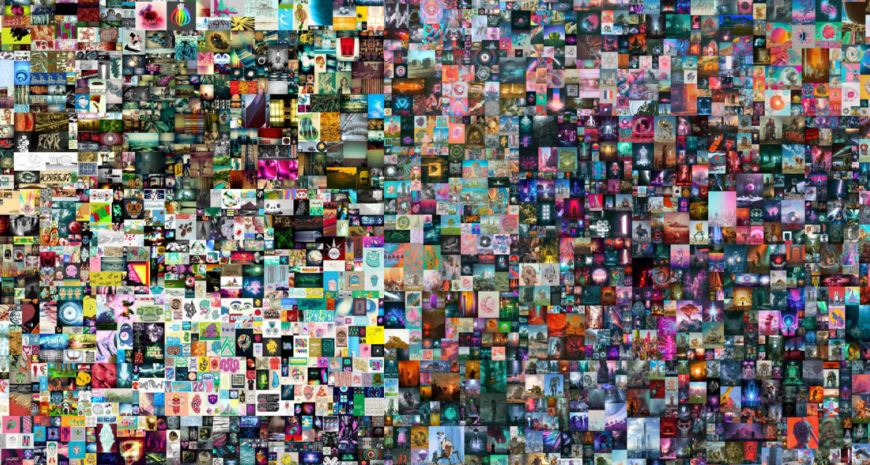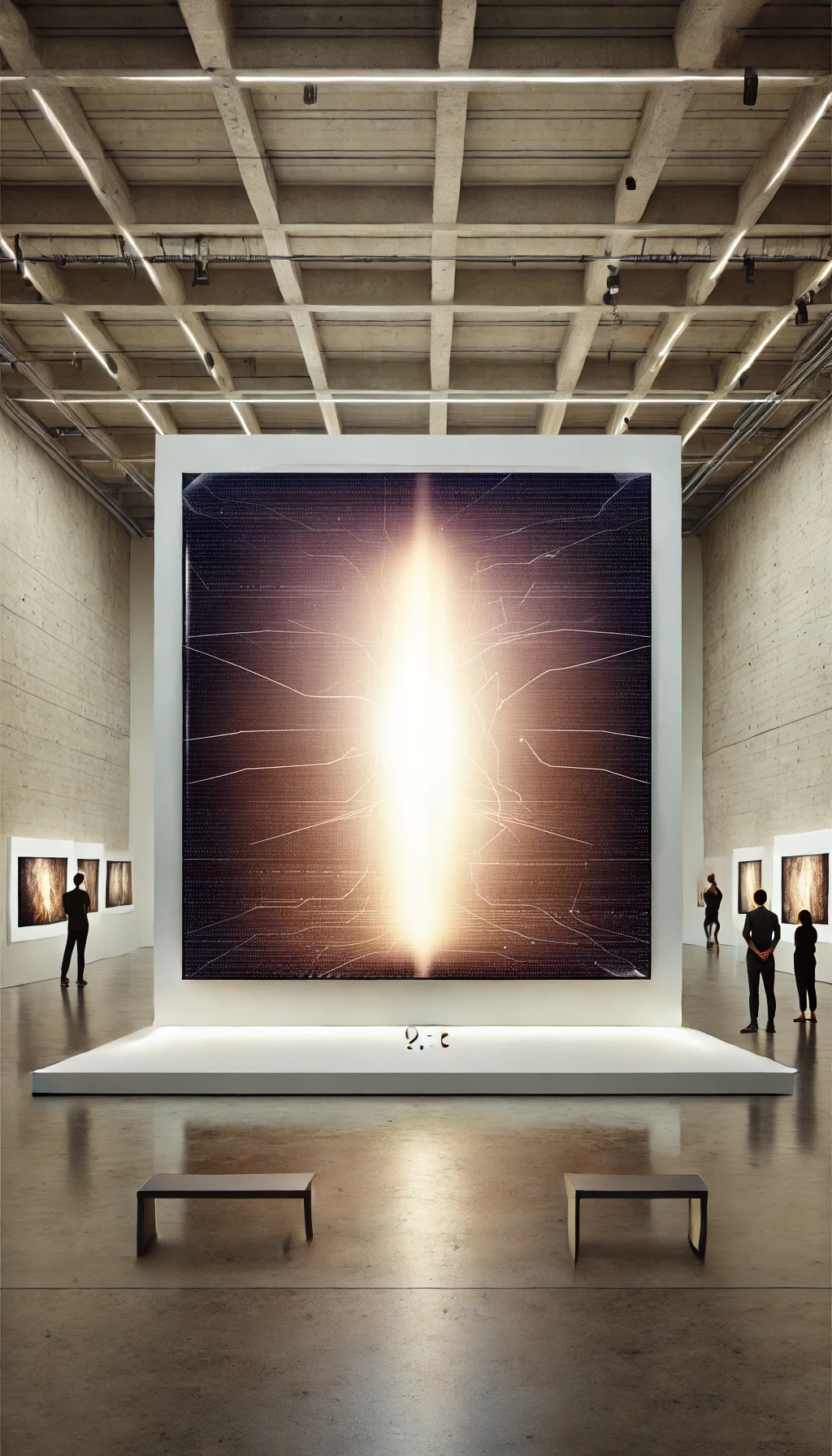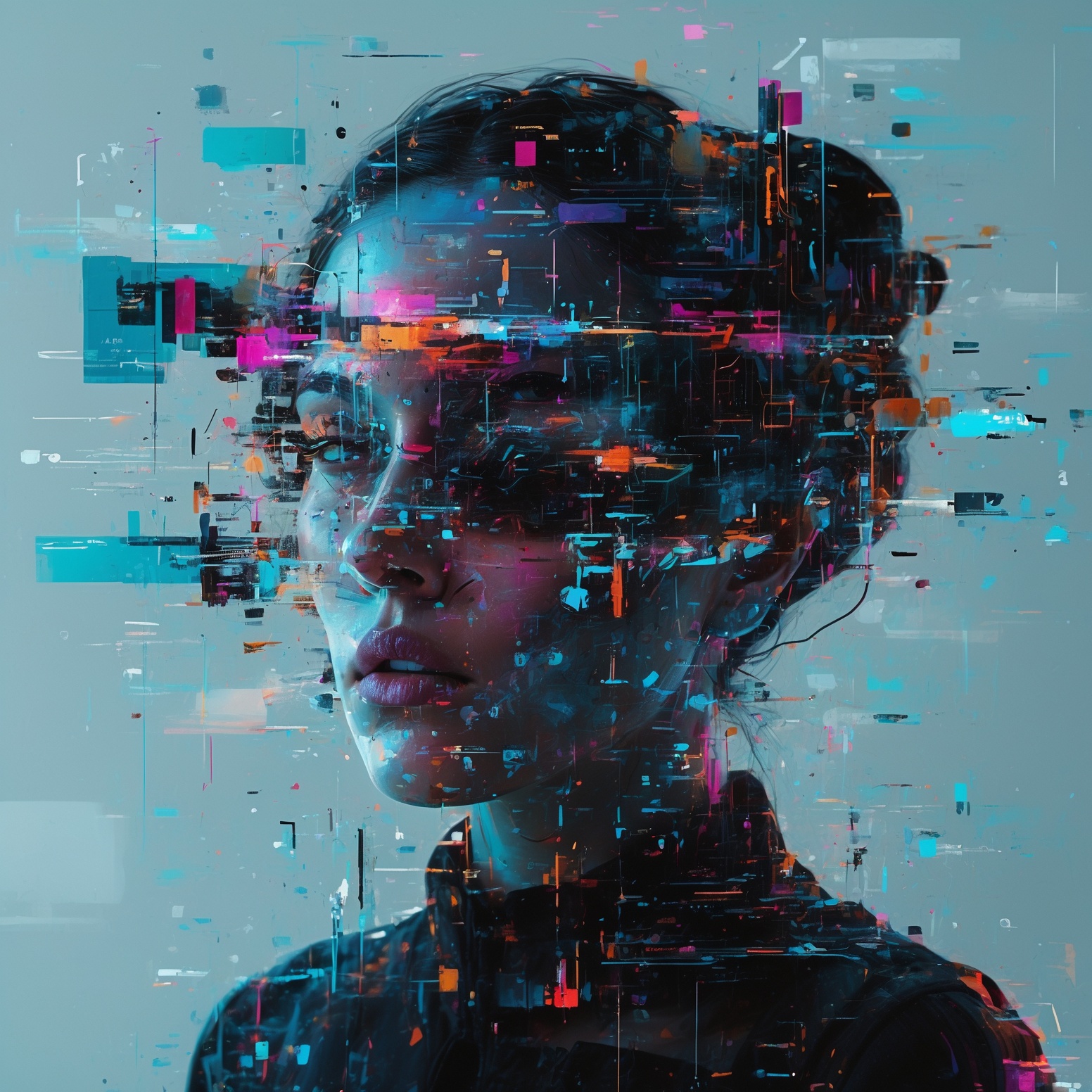In recent years, the art world has witnessed a seismic shift with the advent of Non-Fungible Tokens (NFTs). These unique digital assets have not only disrupted traditional art markets but have also paved the way for a more inclusive and accessible art ecosystem. In this article, we’ll explore how NFTs are democratizing the art world and empowering artists in unprecedented ways.
What are NFTs?
NFTs, or Non-Fungible Tokens, are unique digital assets stored on a blockchain. Unlike cryptocurrencies such as Bitcoin or Ethereum, which are fungible and can be exchanged on a like-for-like basis, each NFT is one-of-a-kind. This uniqueness makes NFTs perfect for representing ownership of digital art, collectibles, and other creative works.
Breaking Down Barriers
One of the most significant impacts of NFTs on the art world is the elimination of traditional gatekeepers. In the past, artists often relied on galleries, auction houses, and art dealers to showcase and sell their work. With NFTs, artists can now mint and sell their creations directly to collectors, bypassing intermediaries and retaining more control over their art and earnings.

Global Reach and Accessibility
NFTs have opened up the art market to a global audience. Collectors from anywhere in the world can now purchase digital art with ease, expanding the potential market for artists exponentially. This global accessibility has led to the discovery of talented artists who might have otherwise remained unknown in traditional art circles.
Royalties and Ongoing Artist Support
One of the most revolutionary aspects of NFTs is the ability to program royalties into the smart contract. This means that artists can continue to earn a percentage of sales each time their NFT is resold on the secondary market. This ongoing income stream provides sustained support for artists, something that was difficult to achieve with traditional art sales.
Challenges and Considerations
While NFTs offer numerous benefits, it’s important to acknowledge the challenges. Environmental concerns regarding the energy consumption of blockchain networks, market volatility, and the need for digital literacy are all factors that the NFT art world must address as it evolves.

The Future of Art
As NFTs continue to gain traction, we’re likely to see further innovation in how art is created, sold, and experienced. From interactive NFTs to virtual reality galleries, the possibilities are endless. The democratization of art through NFTs is not just changing how we buy and sell art, but it’s also challenging our very conception of what art can be in the digital age.
In conclusion, NFTs represent a paradigm shift in the art world, offering unprecedented opportunities for artists to reach global audiences, maintain control over their work, and benefit from ongoing royalties. As this technology continues to evolve, it has the potential to create a more inclusive, diverse, and dynamic art ecosystem that benefits both creators and collectors alike.

